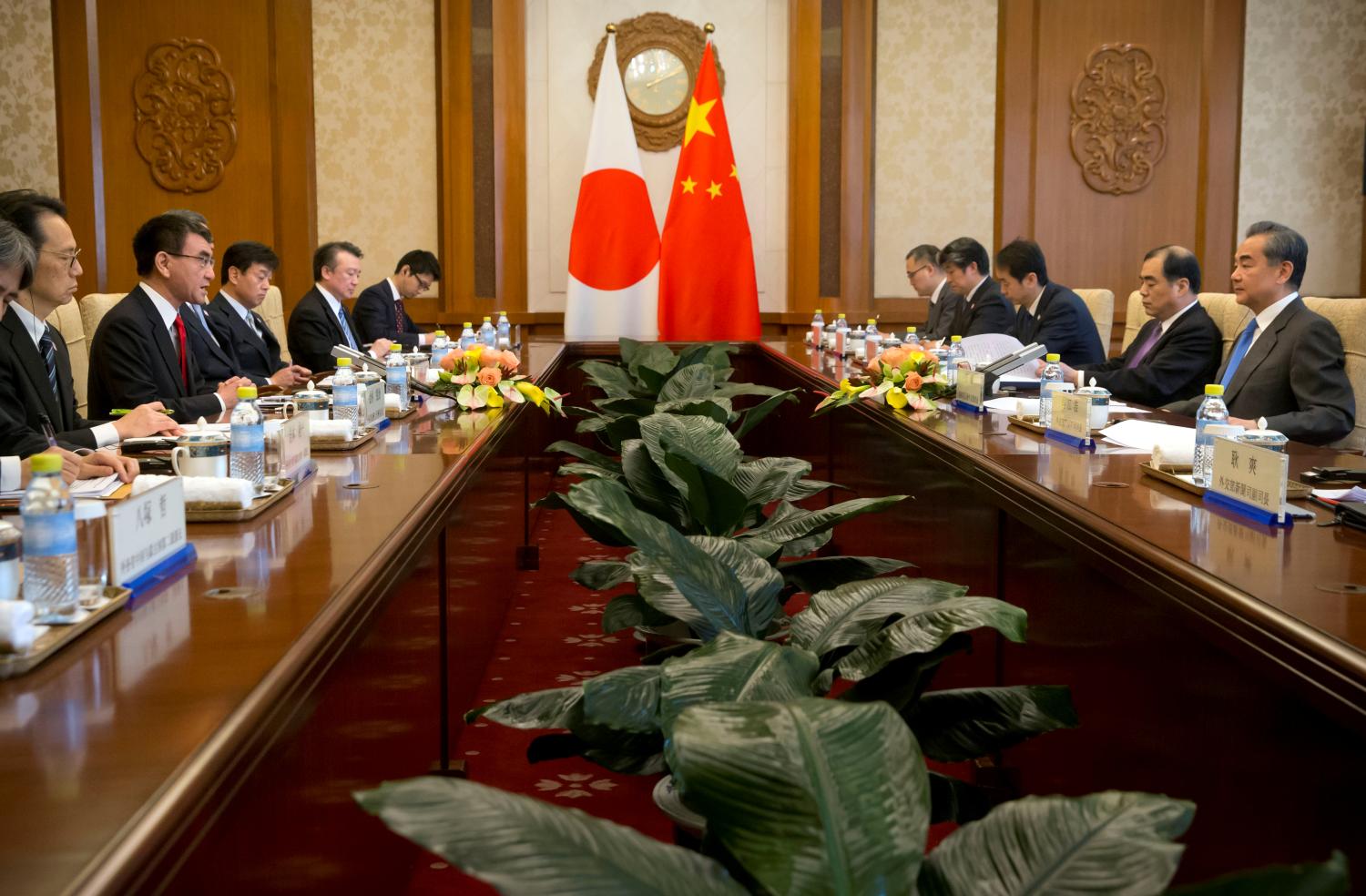Executive Summary
 To some observers, Asia is moving towards a long familiar past — a China-centric regional order. While the jury is still out on the outcome of rekindled strategic rivalry between China and the United States (an extra-regional actor enjoying primacy during the past seven decades), most believe it is game over when it comes to Asian great power competition. The conclusion seems obvious to most: China has eclipsed Japan. However, a focus on economic statecraft renders this conclusion premature.
To some observers, Asia is moving towards a long familiar past — a China-centric regional order. While the jury is still out on the outcome of rekindled strategic rivalry between China and the United States (an extra-regional actor enjoying primacy during the past seven decades), most believe it is game over when it comes to Asian great power competition. The conclusion seems obvious to most: China has eclipsed Japan. However, a focus on economic statecraft renders this conclusion premature.
Geoeconomics stands to define Asia not only because a more powerful China is flexing its state-capitalism arm abroad, but also because Japan has overcome enough of its domestic limitations to offer economic leadership. Both China and Japan are pushing visions of regional integration (the Belt and Road Initiative and the Free and Open Indo-Pacific, respectively) and offering development finance to see them through, but neither is pressing developing Asia with binary choices. The regional order in Asia is contested, but not exclusionary.
In the 21st century, the task for Japan has been to exert influence with dwindling resources (official development assistance, ODA, budgets have been slashed for years) and avoid becoming a legacy power banking on the economic footprint built during its days of glory. For China, the major burst in material capabilities has purchased great influence, but significant challenges loom ahead in ensuring the long-term sustainability of Belt and Road projects and preventing a backlash in recipient countries out of concern with onerous lending terms and/or undue political influence.
Sino-Japanese relations are not defined exclusively by competition. Japan and China are both part of an emerging trade grouping (the Regional Comprehensive Economic Partnership Agreement, RCEP), and there is incipient cooperation on development finance. Growing uncertainty about the role of the United States created a powerful incentive for Asia’s great powers to stabilize their relationship after years in deep disrepair.
The improvement of bilateral ties, however, is no prelude to a reordering of Asian geopolitics. There is no seismic change in security alignments at work. And some arenas of economic statecraft are likely to pose a harder edge for Sino-Japanese competition. China’s bid to become a leader in and achieve greater self-sufficiency on frontier technologies such as artificial intelligence (AI), robotics, and smart manufacturing could redefine the terrain for Japan-China economic interdependence. Japan has deemed Chinese telecom firms such as Huawei and ZTE a cybersecurity risk bypassing them in 5G government contracts, and has recently tightened screening of foreign investments to prevent technological leakage. Economic security is fast becoming the new frontier of Asian power competition.




